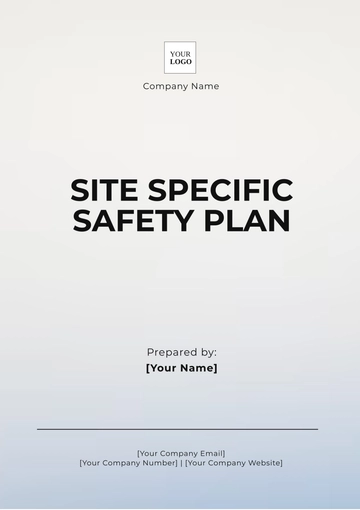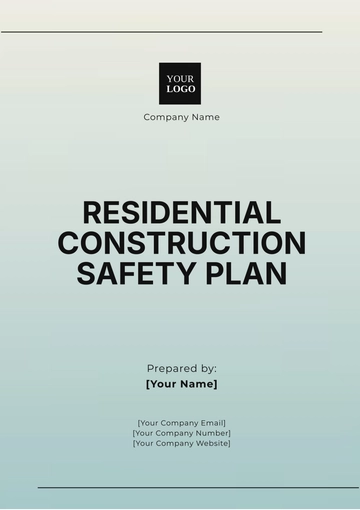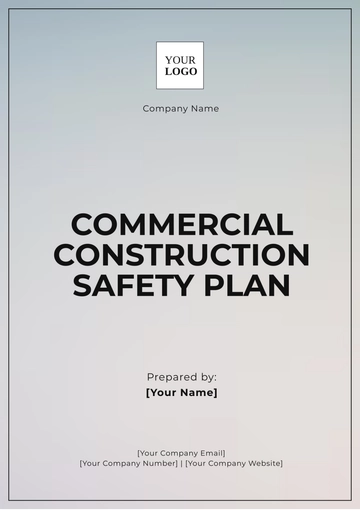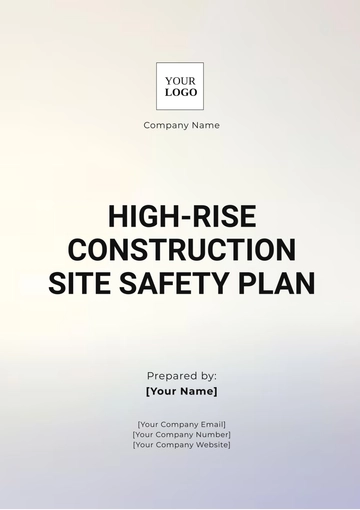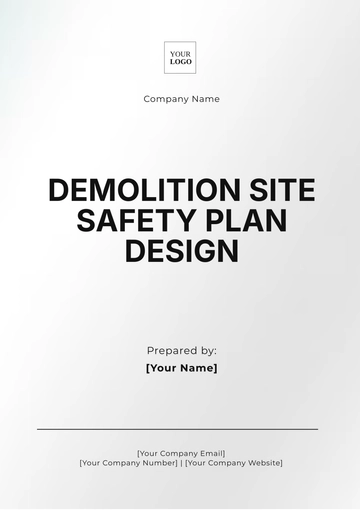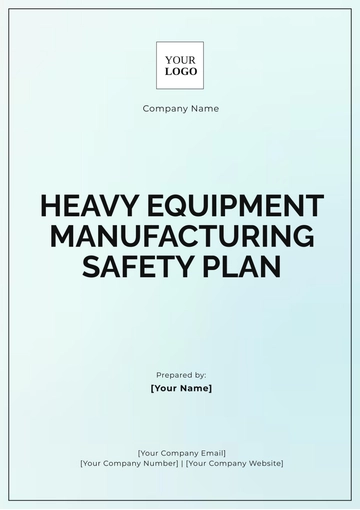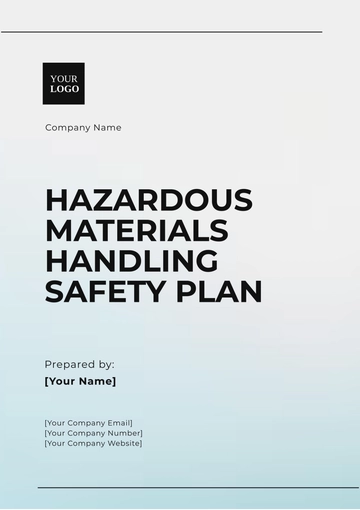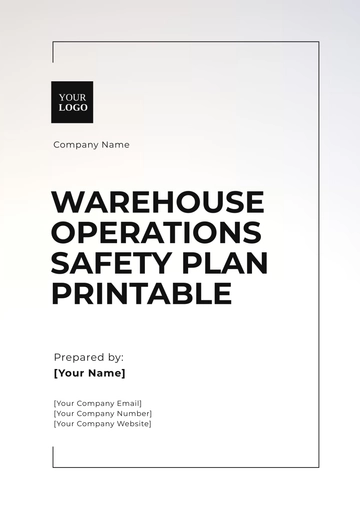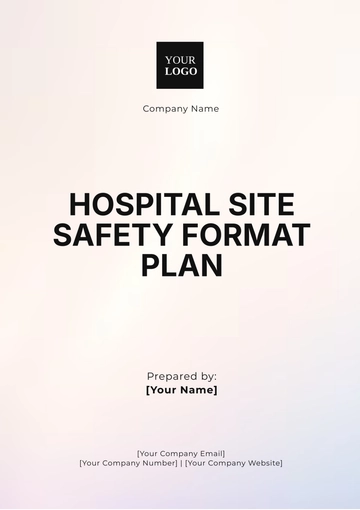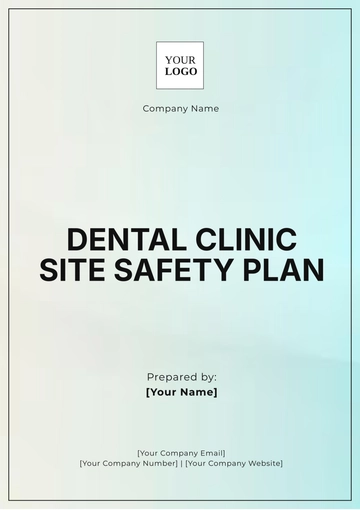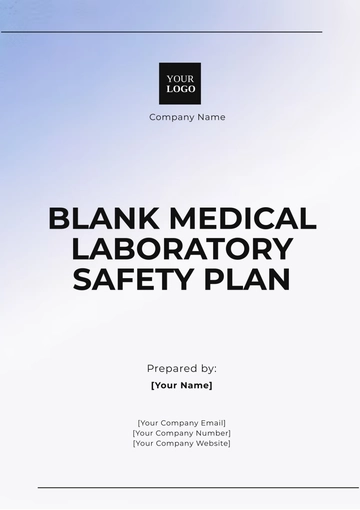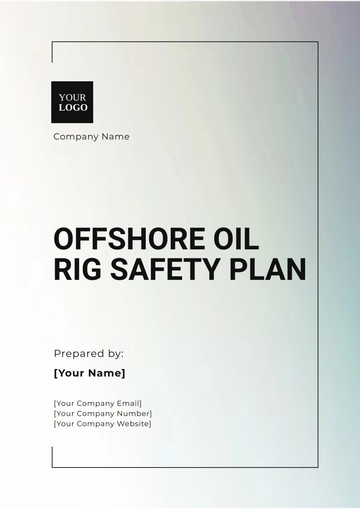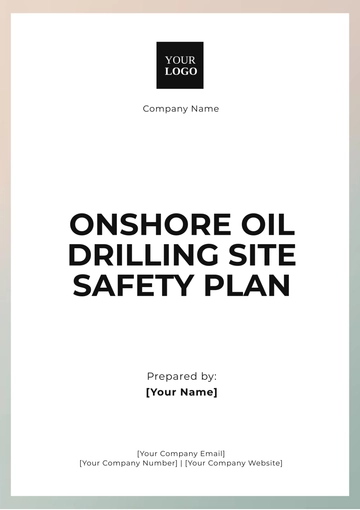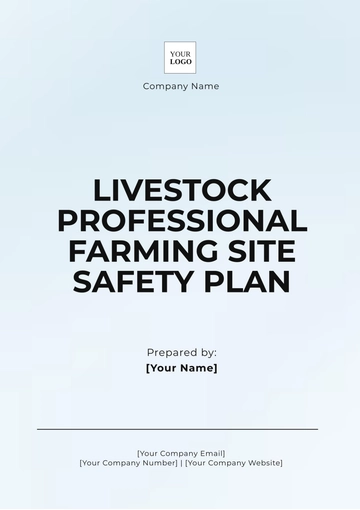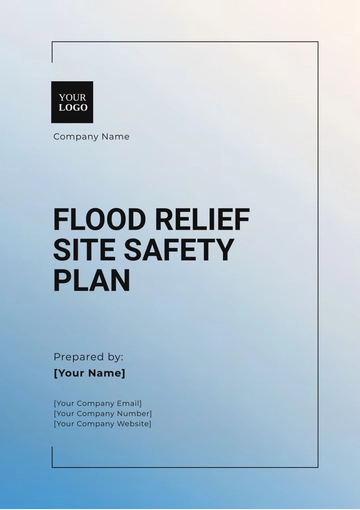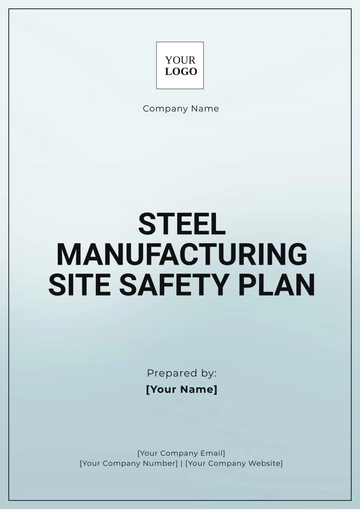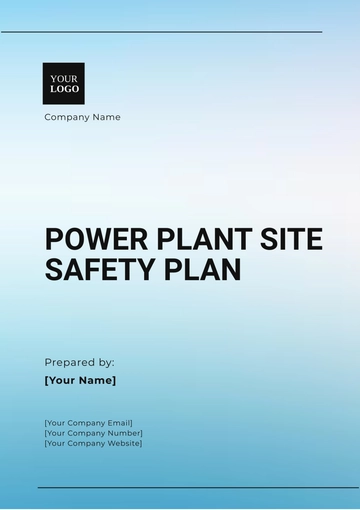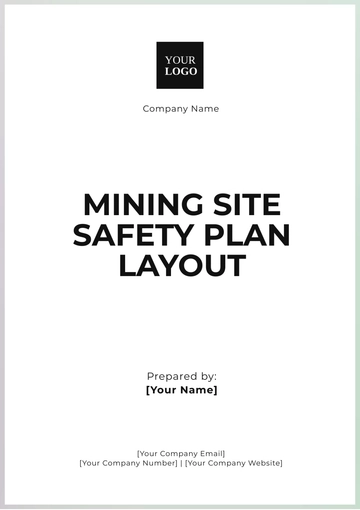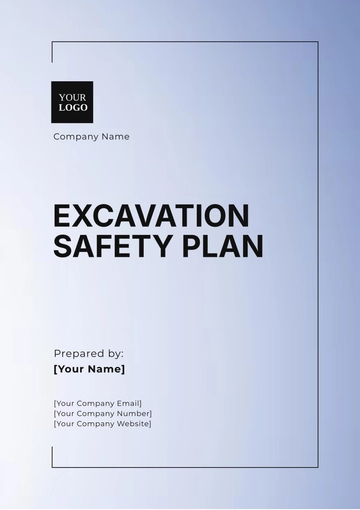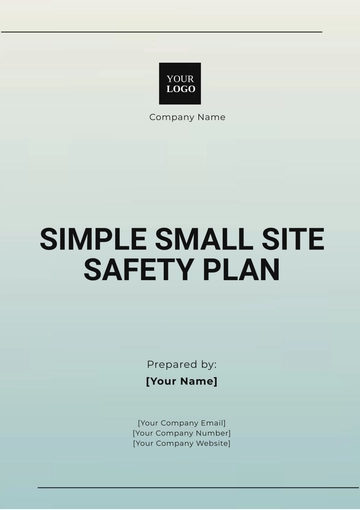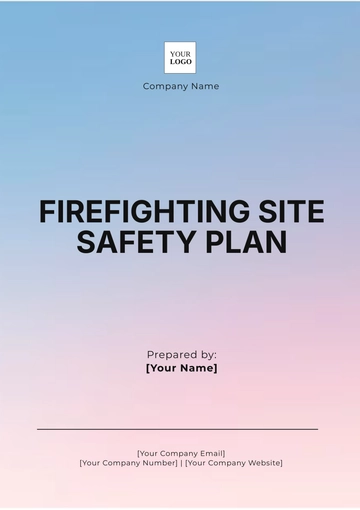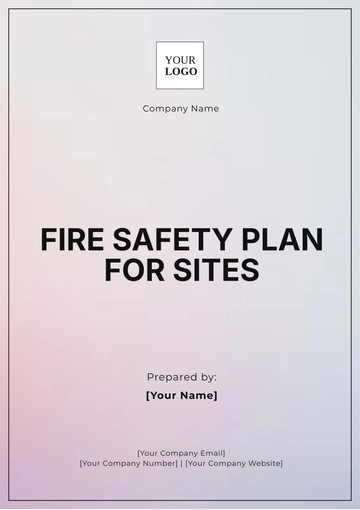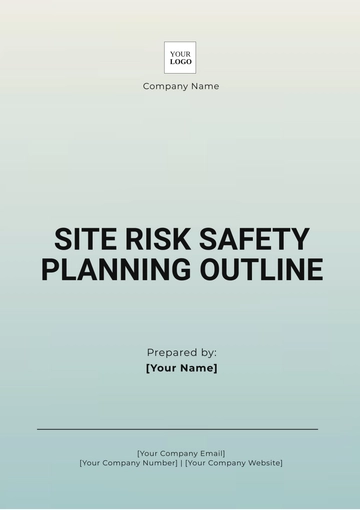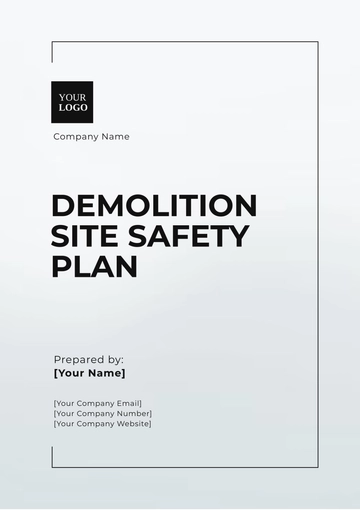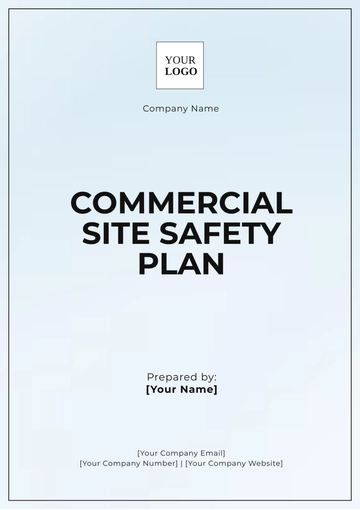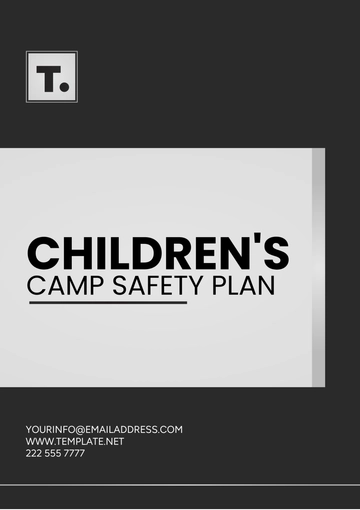Free Flood Relief Site Safety Plan
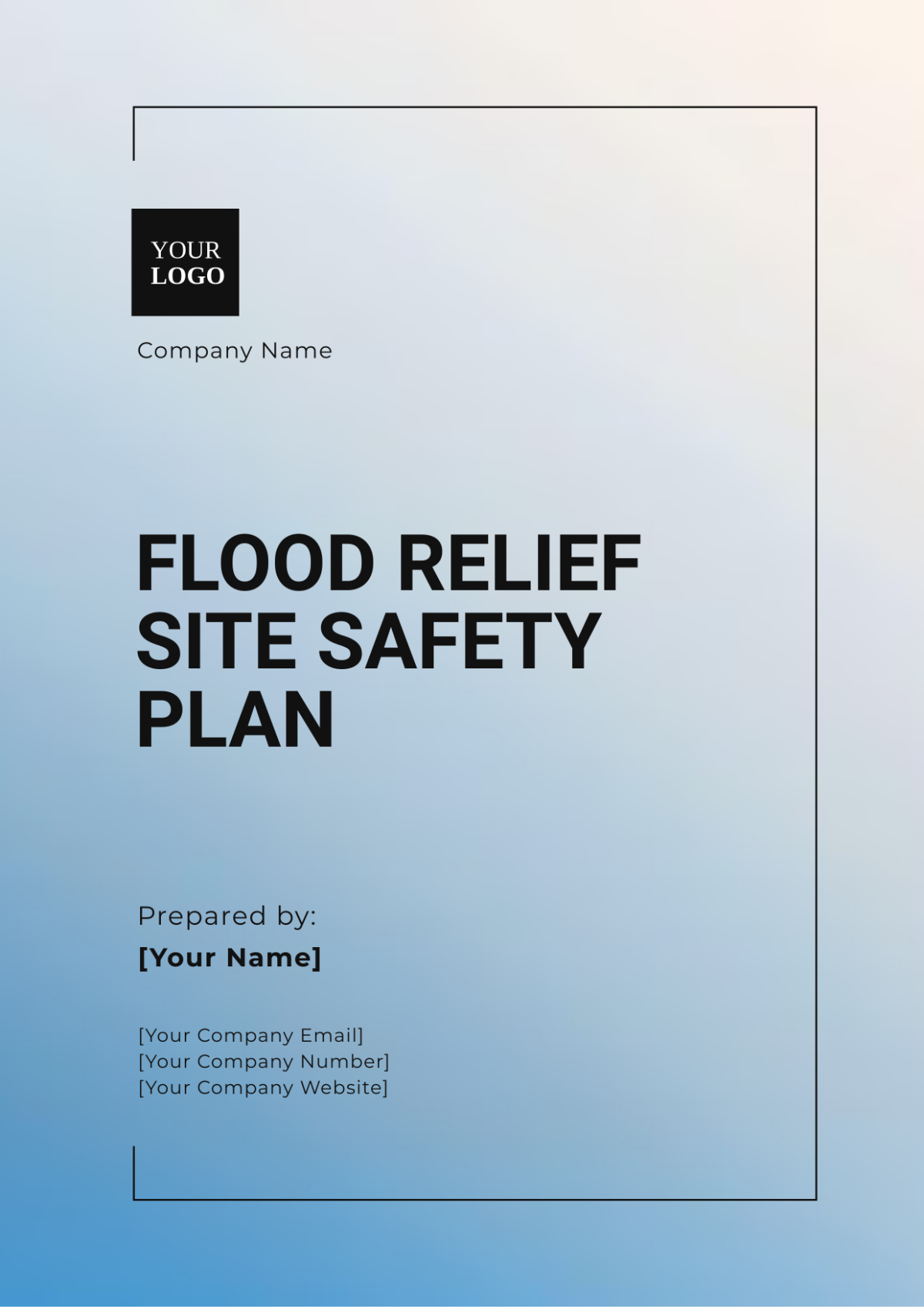
1. Introduction
In response to recent flooding events, a comprehensive Flood Relief Site Safety Plan is essential to ensure the safety of all personnel involved in relief efforts. This plan outlines safety protocols, emergency procedures, and best practices to mitigate risks associated with flood response activities.
2. Objectives
Protect Human Life: Ensure the safety and well-being of all volunteers, responders, and affected individuals.
Maintain Site Safety: Identify and mitigate hazards related to flood conditions and relief activities.
Provide Training and Resources: Equip personnel with the necessary knowledge and tools for safe operation in flood-affected areas.
3. Safety Procedures
A. Site Assessment
Conduct a Risk Assessment: Evaluate the flood zone for potential hazards such as unstable ground, contaminated water, and debris.
Identify Safe Zones: Designate areas for operations that are least likely to be affected by rising waters or other hazards.
B. Personal Protective Equipment (PPE)
Required Gear: Ensure all personnel wear appropriate PPE, including:
Waterproof boots
Gloves
Safety goggles
High-visibility vests
Respirators (if necessary)
C. Emergency Procedures
Evacuation Plan: Develop a clear evacuation route and procedures in case of worsening conditions.
Communication Protocols: Establish a communication plan for all personnel, including the use of radios or mobile devices for updates and emergencies.
D. Health and Hygiene
Water Safety: Ensure that drinking water is available and uncontaminated. Avoid using floodwater for drinking or cooking.
Sanitation Facilities: Provide adequate sanitation facilities for volunteers and affected individuals.
E. Training and Orientation
Safety Training Sessions: Conduct training for all personnel on-site safety, including first aid, hazard recognition, and emergency procedures.
Ongoing Education: Provide continual education updates as conditions change or new risks are identified.
4. Monitoring and Reporting
A. Safety Officers
Assign Safety Officers: Designate safety officers responsible for monitoring compliance with safety protocols and addressing concerns on-site.
B. Incident Reporting
Reporting Mechanisms: Establish a system for reporting accidents, near misses, and safety concerns. This may include:
Incident report forms
Regular safety meetings
5. Continuous Improvement
Regular Plan Review: Schedule regular reviews of the safety plan to incorporate feedback from personnel and adapt to changing conditions.
Gather Feedback: Create channels for personnel to provide feedback on safety measures and suggest improvements.
6. Conclusion
The Flood Relief Site Safety Plan aims to protect the health and safety of all involved in flood relief efforts. By following this plan, we can ensure a coordinated response that prioritizes safety and effectiveness, ultimately helping those in need more effectively.
7. Contact Information
For inquiries regarding the safety plan, please reach out to:
Name: [Your Name]
Email: [Your Email]
Phone: [Your Company Number]
- 100% Customizable, free editor
- Access 1 Million+ Templates, photo’s & graphics
- Download or share as a template
- Click and replace photos, graphics, text, backgrounds
- Resize, crop, AI write & more
- Access advanced editor
Ensure safety during flood relief efforts with the Flood Relief Site Safety Plan Template from Template.net. This editable and customizable template is designed to address the unique challenges of flood response operations. Easily adapt the content to meet your organization’s specific safety protocols and regulatory requirements. With its clear layout and comprehensive guidelines, you can effectively communicate essential safety measures, protecting both responders and the communities you serve.
You may also like
- Finance Plan
- Construction Plan
- Sales Plan
- Development Plan
- Career Plan
- Budget Plan
- HR Plan
- Education Plan
- Transition Plan
- Work Plan
- Training Plan
- Communication Plan
- Operation Plan
- Health And Safety Plan
- Strategy Plan
- Professional Development Plan
- Advertising Plan
- Risk Management Plan
- Restaurant Plan
- School Plan
- Nursing Home Patient Care Plan
- Nursing Care Plan
- Plan Event
- Startup Plan
- Social Media Plan
- Staffing Plan
- Annual Plan
- Content Plan
- Payment Plan
- Implementation Plan
- Hotel Plan
- Workout Plan
- Accounting Plan
- Campaign Plan
- Essay Plan
- 30 60 90 Day Plan
- Research Plan
- Recruitment Plan
- 90 Day Plan
- Quarterly Plan
- Emergency Plan
- 5 Year Plan
- Gym Plan
- Personal Plan
- IT and Software Plan
- Treatment Plan
- Real Estate Plan
- Law Firm Plan
- Healthcare Plan
- Improvement Plan
- Media Plan
- 5 Year Business Plan
- Learning Plan
- Marketing Campaign Plan
- Travel Agency Plan
- Cleaning Services Plan
- Interior Design Plan
- Performance Plan
- PR Plan
- Birth Plan
- Life Plan
- SEO Plan
- Disaster Recovery Plan
- Continuity Plan
- Launch Plan
- Legal Plan
- Behavior Plan
- Performance Improvement Plan
- Salon Plan
- Security Plan
- Security Management Plan
- Employee Development Plan
- Quality Plan
- Service Improvement Plan
- Growth Plan
- Incident Response Plan
- Basketball Plan
- Emergency Action Plan
- Product Launch Plan
- Spa Plan
- Employee Training Plan
- Data Analysis Plan
- Employee Action Plan
- Territory Plan
- Audit Plan
- Classroom Plan
- Activity Plan
- Parenting Plan
- Care Plan
- Project Execution Plan
- Exercise Plan
- Internship Plan
- Software Development Plan
- Continuous Improvement Plan
- Leave Plan
- 90 Day Sales Plan
- Advertising Agency Plan
- Employee Transition Plan
- Smart Action Plan
- Workplace Safety Plan
- Behavior Change Plan
- Contingency Plan
- Continuity of Operations Plan
- Health Plan
- Quality Control Plan
- Self Plan
- Sports Development Plan
- Change Management Plan
- Ecommerce Plan
- Personal Financial Plan
- Process Improvement Plan
- 30-60-90 Day Sales Plan
- Crisis Management Plan
- Engagement Plan
- Execution Plan
- Pandemic Plan
- Quality Assurance Plan
- Service Continuity Plan
- Agile Project Plan
- Fundraising Plan
- Job Transition Plan
- Asset Maintenance Plan
- Maintenance Plan
- Software Test Plan
- Staff Training and Development Plan
- 3 Year Plan
- Brand Activation Plan
- Release Plan
- Resource Plan
- Risk Mitigation Plan
- Teacher Plan
- 30 60 90 Day Plan for New Manager
- Food Safety Plan
- Food Truck Plan
- Hiring Plan
- Quality Management Plan
- Wellness Plan
- Behavior Intervention Plan
- Bonus Plan
- Investment Plan
- Maternity Leave Plan
- Pandemic Response Plan
- Succession Planning
- Coaching Plan
- Configuration Management Plan
- Remote Work Plan
- Self Care Plan
- Teaching Plan
- 100-Day Plan
- HACCP Plan
- Student Plan
- Sustainability Plan
- 30 60 90 Day Plan for Interview
- Access Plan
- Site Specific Safety Plan
